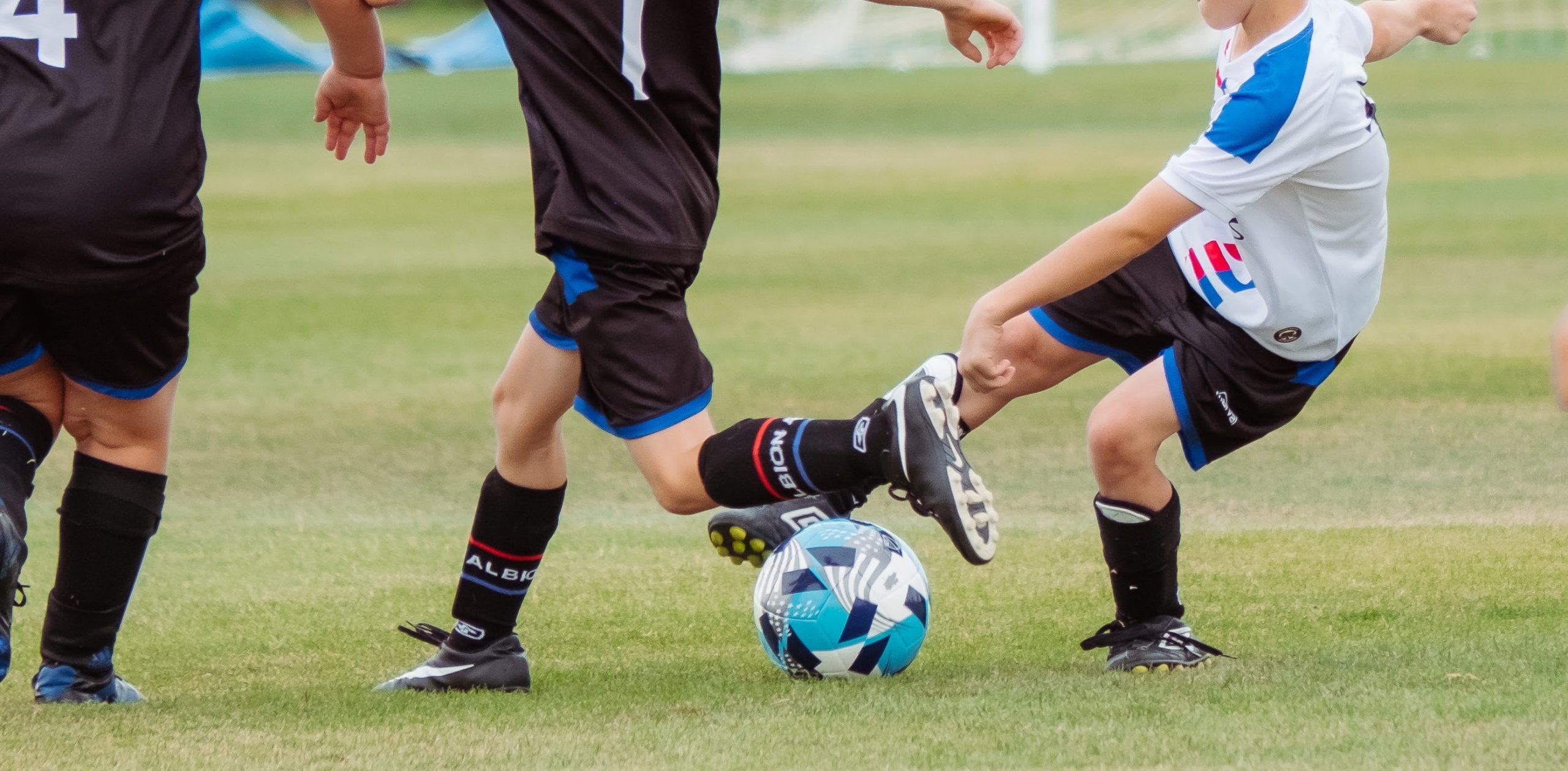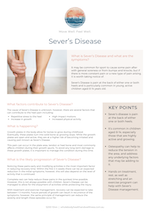Is your child complaining of heel or foot pain? If they are in a growth phase and active, they may be experiencing Sever’s Disease.
Sever’s Disease is common in children aged between 8 and 14 years old who are active and in the midst of a growth period.
It may be common to endure some general soreness or from bumps and knocks after playing sport. However, if the pain is constant pain or a new type of pain arising, it is worth taking notice of and speaking to your osteopath as this could be Sever’s Disease.
In this article, Whole Body Health and Wellness osteopath Grant Turner answers what is Sever’s Disease and how treatment can help manage recurrent pain and discomfort.
What is Sever’s Disease and the causes?
Sever’s Disease is pain at the back of either one or both heels and is particularly common in young, active children aged 8-14 years old.
The cause of Sever’s Disease is unknown, however, there are several factors that can contribute to the heel pain including:
- Repetitive stress to the heel or foot
- Increase in growth including height and weight
- High impact motion sports such as basketball, football, soccer or dancing
- Increased physical activity from either organised sports or general activity at school/home
Sever’s Disease can sometimes be caused by a simple bump at the back of the heel, poor posture or footwear.
What is occurring in the body with Sever’s Disease?
Growth plates in the body allow for bones to grow during childhood. Eventually, these plates turn into solid bone as growing stops. While the growth plates are open and active, they are at a higher risk of becoming irritated and causing pain known as Sever’s Disease.
This pain can occur in the plate area, tendon or heel bone and most commonly affects children during their growth spurts and stops in late teens.
To avoid any long-term damage to these growth plates, it is important to manage the condition during this time.
How long does it take to recover from Sever’s Disease?
Noticing these pains early and modifying your child’s activities is the most important factor in reducing recovery time from Sever’s Disease.
Within the first 2-4 weeks there can be an expected reduction in the initial symptoms, however, this will also depend on the level of activity that is continued.
In a perfect world, complete rest can help reduce these pains in the quickest time possible. However, this is not always possible with children and we understand the importance of keeping your child active and engaged in their sport and exercise.
Sever’s Disease can be managed to allow for the enjoyment of activities while protecting the injury. With treatment and exercise management, recovery can be expected to take between 1-3 months.
Future periods of growth can result in recurrence of the symptoms, however, the same principle of management can reduce the severity and length these episodes occur for
How can Osteopathy help with Sever’s Disease?
Hands-on treatment, such as osteopathy, may allow for your child’s symptoms to reduce during periods of pain episodes and allow them to continue their activity in some capacity. Specific exercises and stretches may also help with the management of the area affected.
Your Osteopath can also look to identify any potential underlying causes that may be contributing to your child’s pain and help to improve the overall function of your child to assist in their recovery.
Your Osteopath will also provide stretching and strengthening exercises that your child can do at home. This will help to continue the management of Sever’s Disease outside of the clinic and improve the recovery in an effective way.
If your child is experiencing recurrent heel pain and discomfort associated with Sever’s Disease, book a treatment with our osteopath team. Grant, in particular, is passionate about supporting the health and wellbeing of young, active kids. You can find Grant at our Geelong West or Ocean Grove clinics.
To book an appointment, click here.

